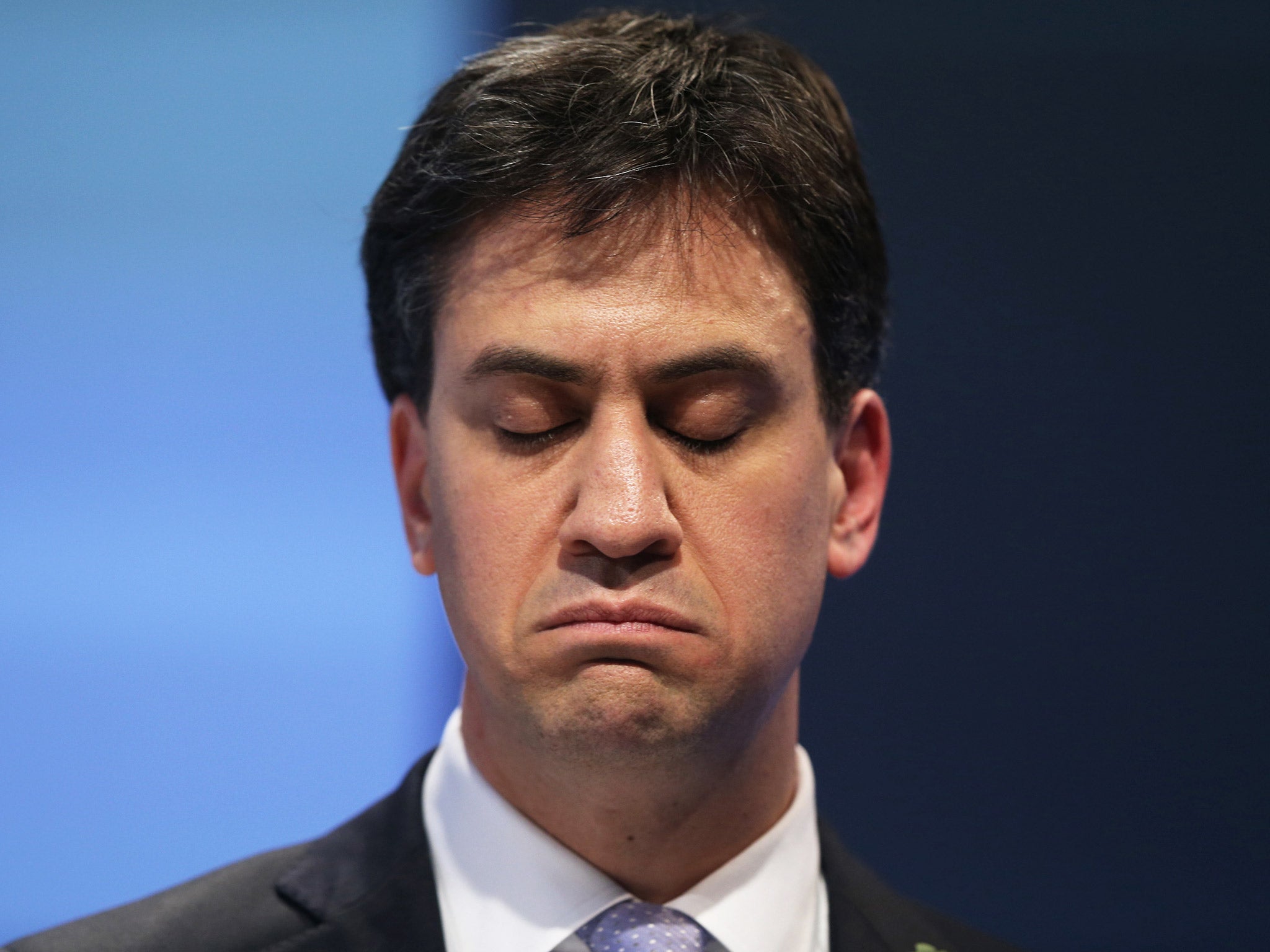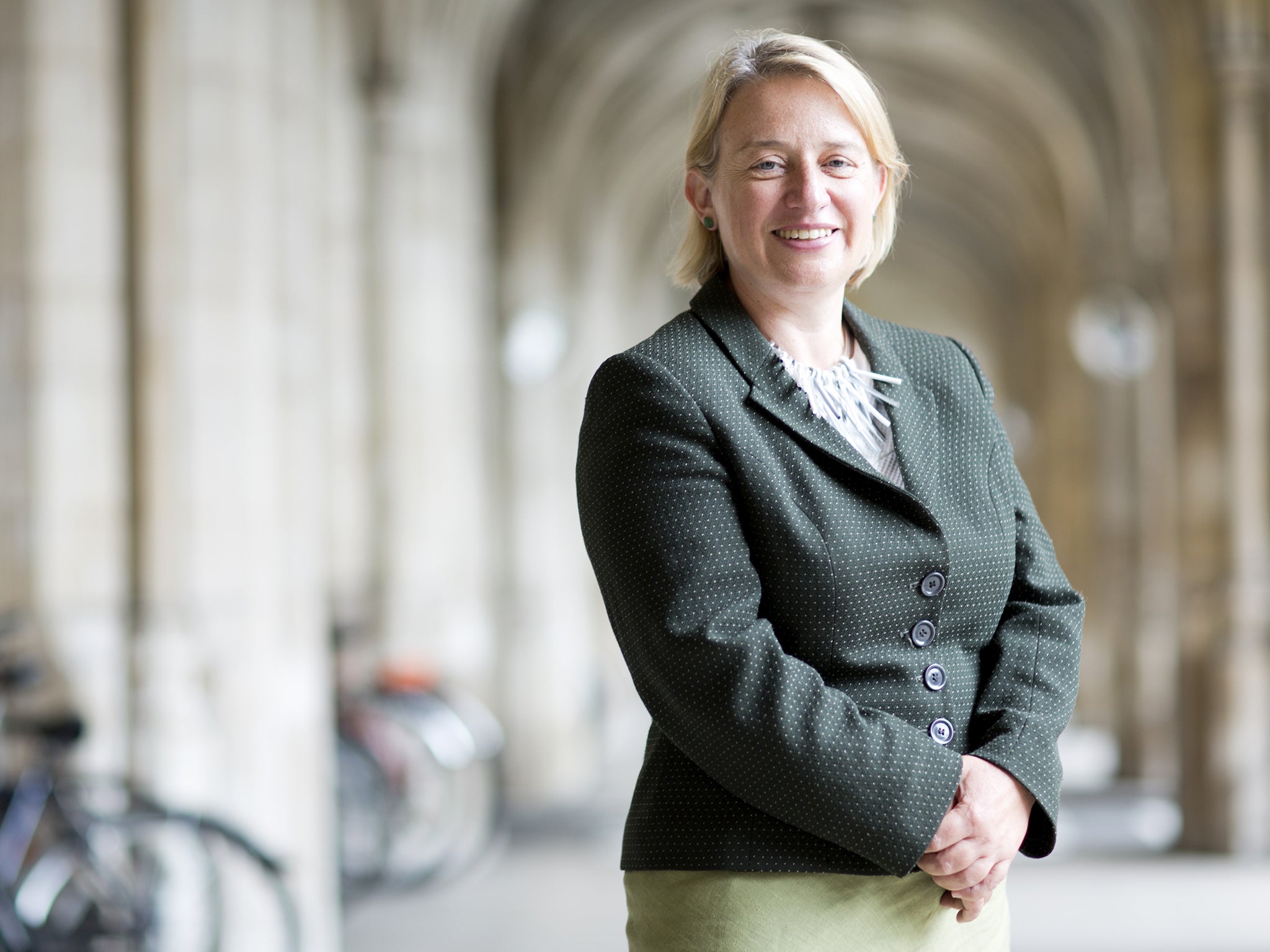Traditional model of politics 'cracking apart' as hung parliament looms again
Labour has lost its lead for the first time since February 2012

Labour has lost its lead over the Conservatives for the first time since February 2012, according to The Independent’s “poll of polls,” making a hung parliament increasingly likely after next May’s general election.
It shows the two biggest parties neck and neck on 31 per cent, with Labour down two points over the past month. But the Tories are not boosting their standing and are unchanged on the previous month.
The Greens are up two points to a new high of 7 per cent, with Ukip maintaining its 16 per cent rating, the Liberal Democrats unchanged on 9 per cent, and others remaining on 6 per cent.
With the Scottish National Party doing well north of the border, the smaller parties continue to erode the combined support of the two biggest, which is now at its lowest since the 2010 election.
“The traditional mould of British politics appears to be cracking apart before our eyes,” said John Curtice, Professor of Politics at Strathclyde University, who compiled the poll of polls.

“As a result, Britain seems to be on course for a hung parliament that could prove very difficult to managed indeed.”
On a uniform swing, Labour would win 311 seats, 15 short of an overall majority; the Tories 278; the Lib Dems 29 and others 32.
But if the SNP matched its current poll ratings in Scotland, Labour could see its number of MPs cut to 290 and be 36 short of a majority.
According to Professor Curtice, only three out of four people (76 per cent) who voted Labour in 2010 say they will do so next May.

Labour supporters have switched to Ukip, the SNP and the Greens, while the proportion of Lib Dem 2010 voters who say they will vote Labour has dropped from 34 to 29 per cent in the past year.
“The fact that Labour is losing ground everywhere suggests its difficulties are a product of its own perceived weaknesses rather than because it faces a stronger challenger from one or more of its opponents,” said Professor Curtice.
Labour is confident that it will reopen a poll lead over the Tories following last week’s Autumn Statement. It believes George Osborne made a big strategic mistake by launching an “ideological” drive to shrink the state with £55bn of spending cuts which voters will not support.
Ed Miliband will make an important speech on the economy tomorrow. “We are the only party who can win a majority,” a Labour source said last night.
Dealer's choice: Options in a hung parliament
It is by no means certain that there would be another full-scale coalition with ministers from different parties. The Conservative and Labour leaderships would consider a looser “confidence and supply” arrangement in which another party or other parties would support the governing party in key Commons votes such as on the Budget, the Queen’s Speech and votes of confidence, in return for policy concessions.
It could be much more complicated than in May 2010, when the third party, the Liberal Democrats, won enough seats to get the Tories over the 326-seat line needed for a Commons majority. Some experts believe it might take a combination of three parties to clear that hurdle next May, if the Tories and Labour win just over 30 per cent of the vote. David Cameron would have the first crack at forming a government as the sitting prime minister. Negotiations on a new administration could take much longer than the five days in 2010.
Possible combinations:
Conservatives / Democratic Unionist Party (DUP)
Nigel Dodds, the leader of the eight Democratic Unionist MPs, is described as the “most popular man at Westminster” and is being wooed by Tory and Labour leaders. A more natural fit with the Tories.
Likelihood (out of five) ****
Conservatives / DUP / Ukip
A link-up between the Tories and Ukip might be possible, if the Tories sped up the EU referendum planned for 2017. But Ukip is more likely to stand on the sidelines.
Likelihood *
Conservatives / Liberal Democrats
Despite this week’s rows over post-election spending cuts, the Coalition will last until May and senior figures in both parties would be prepared to enter into another arrangement. Conservatives might prefer a minority government, while Liberal Democrats would demand a coalition.
Likelihood ****
Labour / Liberal Democrats
The two parties have had icy relations since 2010, but could probably do business together if the numbers added up. Liberal Democrats such as Vince Cable would prefer a deal with Labour. But some senior Labour figures would oppose a full coalition.
Likelihood ***
Labour / Liberal Democrats / Greens
The revived Greens hope to add to their single MP and would not prop up a Tory-led government. They might join a Labour-led one in return for policy gains.
Likelihood ***
Labour / Scottish National Party (SNP)
The SNP poses a real threat to many of Labour’s 41 Scottish seats. But the two parties could come to an arrangement afterwards, if Labour devolved more power to Scotland. The SNP would not do a deal with the Tories.
Likelihood ****
Labour / Ukip
In theory, Ukip could prop up Labour if the party dropped its opposition to an EU referendum. In practice, both parties would be very wary of each other.
Likelihood: zero
Join our commenting forum
Join thought-provoking conversations, follow other Independent readers and see their replies
Comments